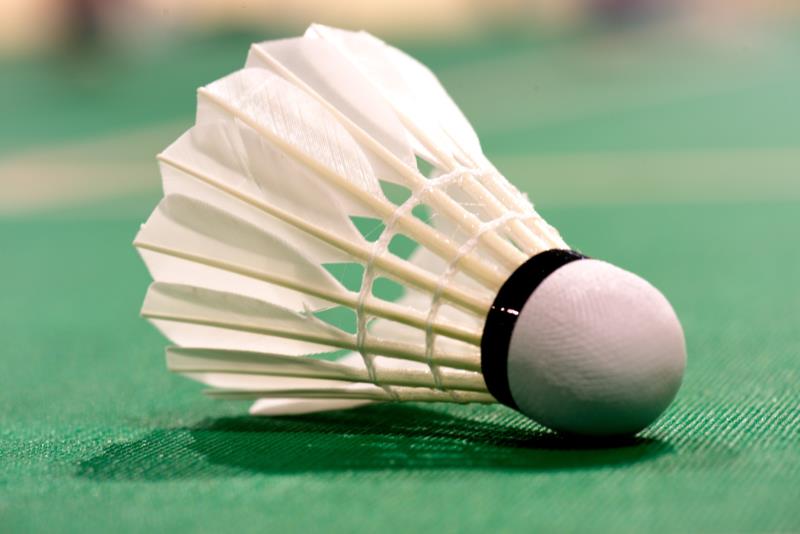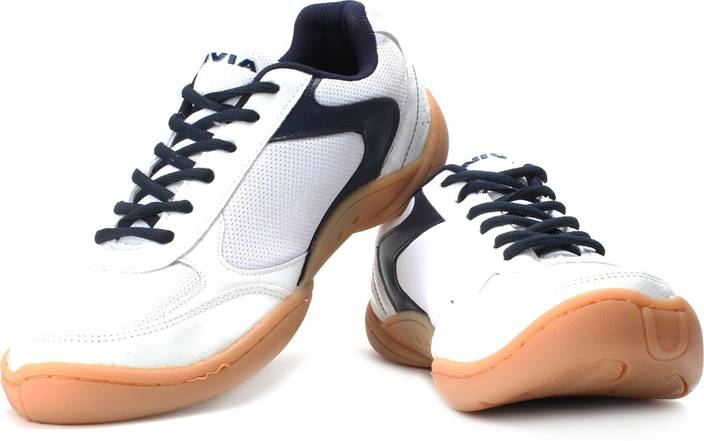Badminton is the second most crowd-pleasing sports in the world as it is not just fun but also a sport that even a novice can pick up easily in matter of seconds!
As the popularity of badminton
escalate, organizations are formed as a commonplace for people with the liking
of the sport to gather, to play together while also to learn more about the
sport.
The most recognised badminton
organization formed in the world is the Badminton World Federation (BWF), which
is an international governing body that is recognised by the International Olympic
Committee (IOC). Initially, founded as the International Badminton Federation
(IBF) in the year 1934, but 7 decades later, on the 24th of September 2006, it had since then changed
its name to the Badminton World Federation (BWF) at the Extraordinary General Meeting in Madrid.
To promote and to develop the sport
of badminton around the world, BWF cooperated with regional oragnizations to
form confederations. There are five confederations that are associated with BWF are:
1. Asia: Badminton
Asia Confederation (BAC)
2.Africa: Badminton Confederation of
Africa (BCA)
3.Americas: Badminton Pan Am (North
America and South America belong to the same confederation; BPA)
4.Europe: Badminton Europe (BE)
5.Oceania: Badminton Oceania (BO)
Badminton World Federation (BWF) organises
competitions that are separated to levels as the higher the level in the
competition, the more the prize money and the higher the ranking points earned
by each player. There are four levels of tounaments organized by the BWF.
Thomas Cup & Uber Cup.
BWF World Championships
Sudirman Cup
The first level of tournaments includes the Thomas
Cup, Uber Cup, BWF World Championships and Sudirman Cup. The Thomas Cup is a
worlds men’s team championship event, the Uber Cup is the women’s team
international event while the Sudirman Cup is a gender-mixed international team
badminton championship, which all takes place once every 2 years. The BWF World
Championship event happens annually starting from 2006 to allow more players to
be crowned as “World Champions” but once every four years, this event will not
be held to dedicate it to the Summer
Olympics Games.

Next, the second level
of tournaments includes the World Superseries Finals, World Superseries Premier, and the World Superseries.
The players that enters the World
Superseries Finals will win a minimum prize money of about $500,000, a minimum
prize pool for $600,000 in the World
Superseries Premier and more than $325,000 in the World Superseries. Players
will collect points in the tournament to determine whether they can make it in the Super Series Finals
held at the year end. In addition to that, tournaments that hold the World
Super Series are like China Open and Malaysian Open.

Besides, tournaments at
level three consist of the Grand Prix Gold and Grand Prix event. To be able to
play in the the BWF Super Series open tournaments, top players are to accumulate
their world ranking points. At the Grand Prix Gold tournaments, players can be
rewarded from a minimum prize of $120,000 while a minimum $65,000 for the Grand
Prix tournament. The BWF Super Series open tournaments include regional competitions
like Badminton Asia Championships and European Badminton Championships in Asia
and in Europe consecutively. On remark, these tournaments produces the world's
best players on contrary with the Pan Am Badminton Championships. Examples of
tournaments are like Malaysia Masters and Vietnam Open.
Lastly, at level four
BWF events, tournaments that are included are International Challenge, International
Series, and Future Series. In the International Challenge tournament, players
would receive a minimum prize money of $20,000, $8,000 in the International
Series and not more than $8,000 in the
Future Series tournament.
To know more about the
BWF events in every level and to be updated, please click on the link given
below:
1. https://bwf.tournamentsoftware.com/Home
By, Jolene Ng Tze En
Matric Number: 171420033























